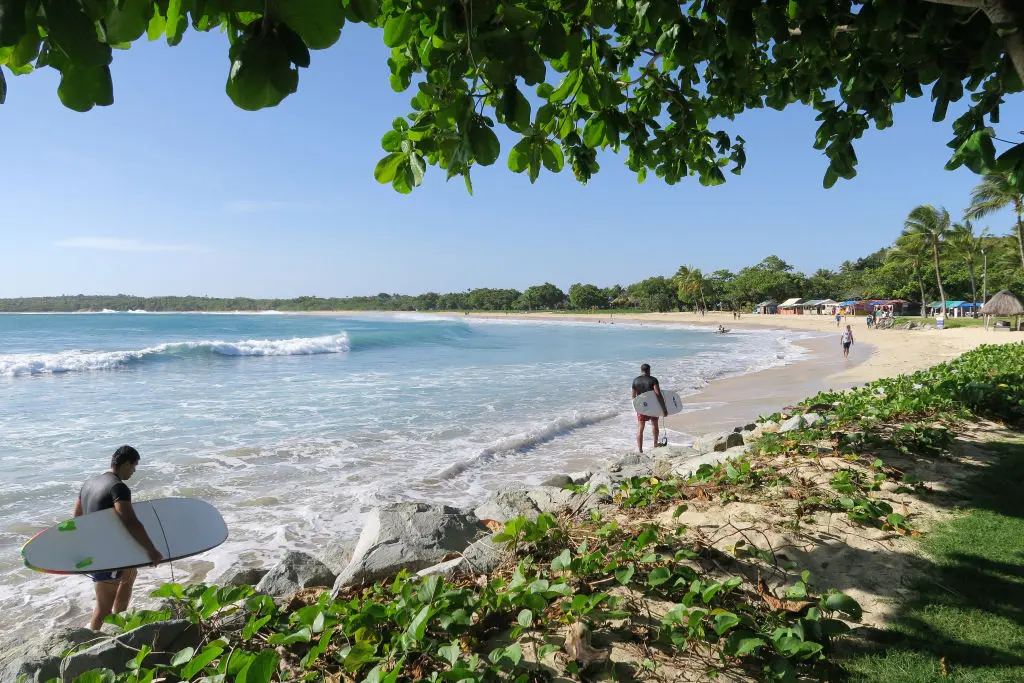Helen Howell is planning to pitch a tent outside her mother’s house in Launceston if she can’t find a place to live in the next month.
The 48-year-old Tasmanian has applied for 10 rentals in the past three weeks, but has found many are being snapped up even before they are open for inspection.
“We’ve been looking for houses flat-out. It’s crazy,” she told AAP.
“I’ve got a tent and a really good sleeping bag my brother gave me. If worst comes to worst I'll pitch a tent up across the road (from my mother’s house).”
From the riverside city of Launceston to red-dirt towns in the Pilbara, a rental crunch is hitting Australia. The stress is most severe on people earning low incomes and for those who rely on welfare services.
The national vacancy rate is at multi-year lows at just 1 percent amid a surge in rental demand, according to Domain’s latest Rental Vacancy Rate report, creating a landlord’s market.
Rental markets in the Tasmanian cities of Hobart and Launceston are among the most stretched, an issue Howell is witnessing first-hand.
With a weekly budget of $200 (US$139), Howell says she visited one “absolutely horrendous” rental at the back-end of a house that was damp and had no heating.
On the other side—and end—of the country, social worker Angela Sinclair says she doesn’t intend to stay in the West Australian city of Karratha long term, despite having lived there with her partner and two children for almost two years.
With few rentals available, the family pays about $750 (US$520) per week for their 1960s three-bedroom, one-bathroom home.
“It’s definitely nothing fancy,” Sinclair said.
“It’s got the old-school kitchen, an electric stove and some of the cupboards are missing, so this isn’t like a home you get in Perth by the beach that is newly furnished.”
The prices of goods and services are also notably higher in resources towns such as Karratha, making everyday expenses a challenge, especially for those not on the high wages tied to the mining and oil and gas sectors.
“I don’t think you actually understand how much that really impacts you until you’re up here,” Sinclair said.
“It’s not only the rent that is so expensive, it’s the food, the daycare, everything else that comes along with that.”
As international workers and travellers return to Australia en masse following the easing of COVID-19 travel restrictions, rental demand is forecast to climb in many cities, pushing up rental prices. Regional areas, which saw an influx of people during the pandemic, are reporting a similar trend.
There’s no escaping the problem in the major state capitals of Sydney and Melbourne, where vacancy rates remain tight. The top of Australia doesn’t offer respite either.
“The Northern Territory has a significant problem with rental unaffordability,” said NT Shelter executive officer Peter McMillan.
Rents have increased by $140 (US$97) per week over the past two years, with the average cost of renting a home in the NT rising from $420 (US$291) per week in September 2019 to $570 (US$395) per week currently, data shows.
“More and more people in the NT are experiencing rental stress,” McMillan said.
“There is insufficient social and affordable housing in the NT and we need to address that.”
In the NT, about half of families rent, far higher than the national 30 percent average.
McMillan says it isn’t just low-income earners being impacted. Professionals are also finding it difficult to secure accommodation, with some reporting it was likely to affect their ability to stay and work in the NT.





